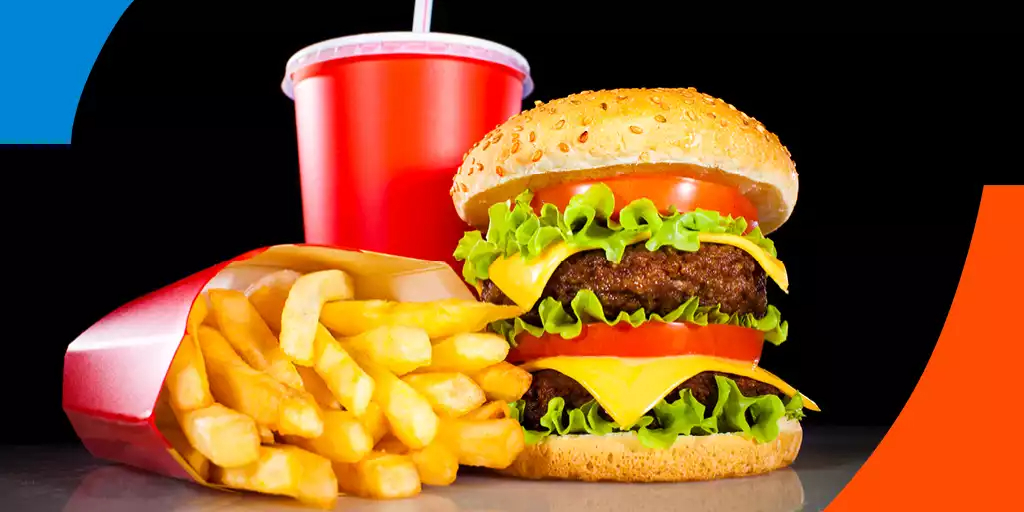- Fast food businesses have incorporated healthier, organic and eco-friendly options. This is due to shifting attitudes about the sustainability of the ingredients as well as their impact on health. Health impact. However, these come at a more significant cost.Due to tighter budgets and new " fast casual" options that use fresher products, many families' weekly casual outings to fast food restaurants have changed to more selective, infrequent choices. The view of fast food as inexpensive and casual is changing.
Fast food has been considered a mainstay for people looking for quick and cheap meals over the recent years. Even as costs for ingredients continue to increase, big chains have raised their prices, causing consumers to question whether fast food is still cost-effective.
Fast food businesses have incorporated healthier, organic and eco-friendly options. This is due to shifting attitudes about the sustainability of the ingredients as well as their impact on health. However, these come at a more significant cost. Due to tighter budgets and new " fast casual" options that use fresher products, many families' weekly casual outings to fast food restaurants have changed to more selective, infrequent choices. The view of fast food as inexpensive and casual is changing.
According to experts, this change may affect how individuals view fast food in the long term, transforming it from a daily go to a luxury convenience rather than a routine. The high cost of living, particularly affecting food and energy, has driven up the operational expenses of running a fast-food restaurant. These costs are transferred to the consumers, and prices are higher for traditionally cheap items like fries and burgers.
This change of perception could further divide consumer behavior along economic lines, with fast food becoming less accessible to those looking for cheap options. This will push low-income families towards more affordable alternatives such as cooking at home. Fast food lovers are now torn between cheap and convenience or quality and value. For consumers, this means choosing between affordability or paying more to satisfy their needs.
Read More












